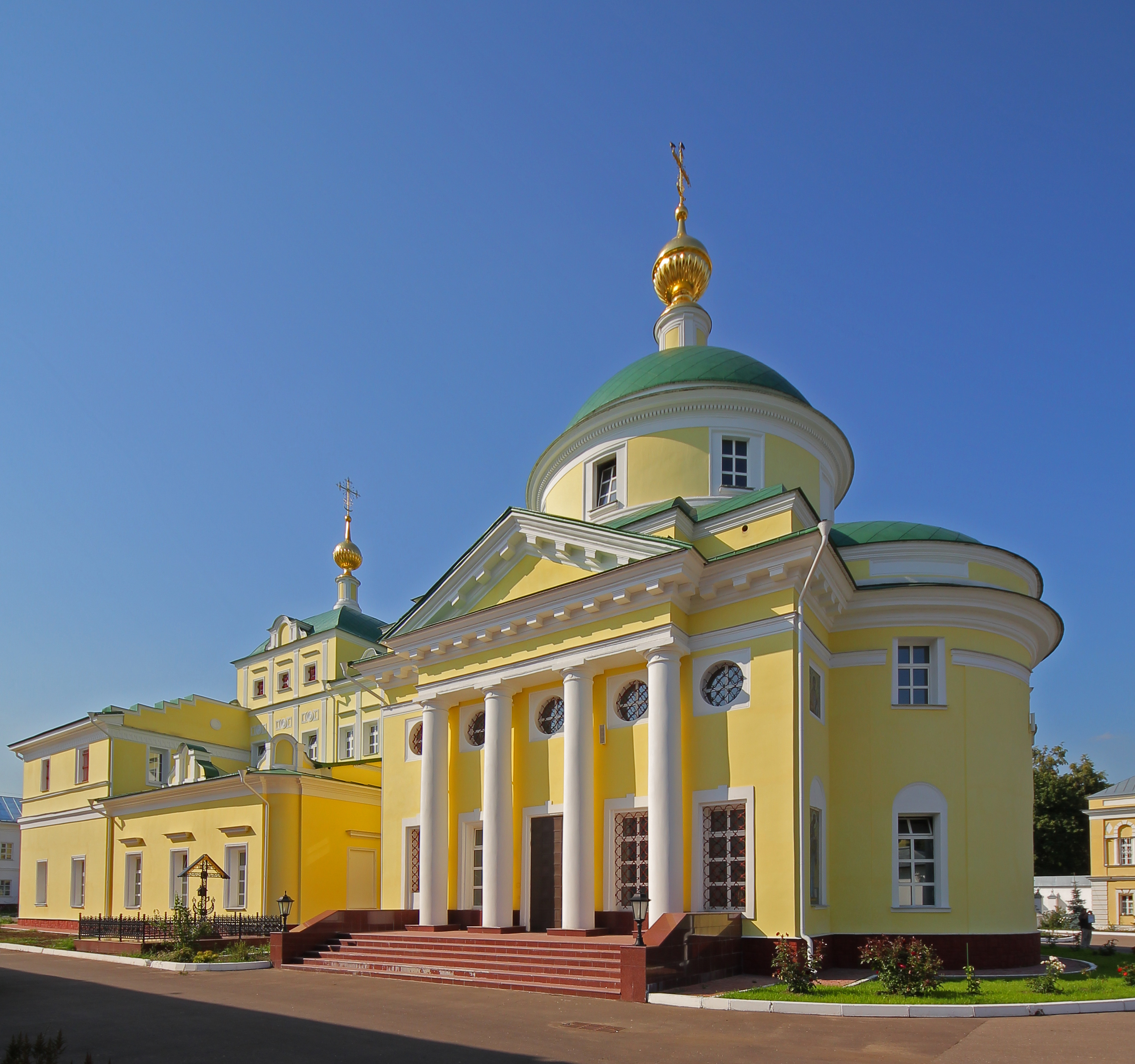Sukhanovo Prison on:
[Wikipedia]
[Google]
[Amazon]
 Sukhanovka, short for Sukhanovskaya osoborezhimnaya tyur'ma (russian: Сухановская особорежимная тюрьма) 'Sukhanovo special-regime prison,' was a prison established by the
Sukhanovka, short for Sukhanovskaya osoborezhimnaya tyur'ma (russian: Сухановская особорежимная тюрьма) 'Sukhanovo special-regime prison,' was a prison established by the
Stalin's prison of tortures
{{coord, 55.5366, N, 37.6661, E, source:kolossus-dewiki, display=title Political repression in the Soviet Union Prisons in Russia Prisons in the Soviet Union
 Sukhanovka, short for Sukhanovskaya osoborezhimnaya tyur'ma (russian: Сухановская особорежимная тюрьма) 'Sukhanovo special-regime prison,' was a prison established by the
Sukhanovka, short for Sukhanovskaya osoborezhimnaya tyur'ma (russian: Сухановская особорежимная тюрьма) 'Sukhanovo special-regime prison,' was a prison established by the NKVD
The People's Commissariat for Internal Affairs (russian: Наро́дный комиссариа́т вну́тренних дел, Naródnyy komissariát vnútrennikh del, ), abbreviated NKVD ( ), was the interior ministry of the Soviet Union.
...
under N. I. Yezhov in 1938 for "particularly dangerous enemies of the people" on the grounds of the old Ekaterinskaia Pustyn' Monastery near Vidnoye, just south of Moscow
Moscow ( , US chiefly ; rus, links=no, Москва, r=Moskva, p=mɐskˈva, a=Москва.ogg) is the capital and largest city of Russia. The city stands on the Moskva River in Central Russia, with a population estimated at 13.0 millio ...
. Known officially as Special Object 110 (russian: Спецобъект № 110), it was said to be worse than the Lubyanka, Lefortovo, or Butyrka prisons in Moscow itself. From 1958 it was a jail hospital. During 1992 the prison was returned to the church as a monastery and on November 17, 1992, the first vows were made within its walls.
Conditions
Aleksandr Solzhenitsyn
Aleksandr Isayevich Solzhenitsyn. (11 December 1918 – 3 August 2008) was a Russian novelist. One of the most famous Soviet dissidents, Solzhenitsyn was an outspoken critic of communism and helped to raise global awareness of political repres ...
called it "the most terrible prison the MGB had." He went on to write that interrogators used the mere threat of being sent there to intimidate prisoners, and there was no way to question those who had been there as they either had been driven mad or were dead. He described the prison as comprising two buildings: one in which the prisoners were housed and the other containing 68 monastic cells where interrogations took place. The food was said to be the best of all the political prisons since the food was brought over from the nearby Architects' Rest Home, but the food ration for one architect in the home was divided among twelve prisoners and the prisoners were frequently tortured, deprived of sleep
Sleep deprivation, also known as sleep insufficiency or sleeplessness, is the condition of not having adequate duration and/or quality of sleep to support decent alertness, performance, and health. It can be either chronic or acute and may vary ...
and kept in solitary confinement, including in small, closet-like cells where they could not sit down or move; they were also left in hot and cold rooms to sweat or freeze, and were not allowed exercise outdoors.
Prisoners
NKVD head N. I. Yezhov was imprisoned in Sukhanovka beginning on 10 April 1939 and was interrogated there by the Main Military Procurator, N. P. Afanasyev. His trial took place in the office of the chief of the prison in February 1940, although he was executed in Moscow, on Varsonofevskii Lane, not far from the Lubyanka prison. Yezhov's long-time colleague Filipp Goloshchyokin was also held under "heavy interrogation" in Sukhanovka for a period of 12 months until he was transferred back to Butyrka, and subsequently to Kuibyshev where he was shot in October 1941. Solzhenitsyn wrote that Deputy Minister of State Security M. D. Ryumin used to personally beat and otherwise torture prisoners in a spacious office at the prison, making certain to cover the nice Persian carpet with a cloth so as not to spatter it with the prisoners' blood. Alexander Dolgun, a Polish-American worker imprisoned in the Gulag in the late 1940s, was sent to Sukhanovka twice, and is one of the few known to have survived the experience without losing his mind.Alexandr Dolgun and Patrick Watson, ''Alexander Dolgun's Story: An American in the Gulag'' (New York: Alfred Knopf, 1975).References
External links
Stalin's prison of tortures
{{coord, 55.5366, N, 37.6661, E, source:kolossus-dewiki, display=title Political repression in the Soviet Union Prisons in Russia Prisons in the Soviet Union